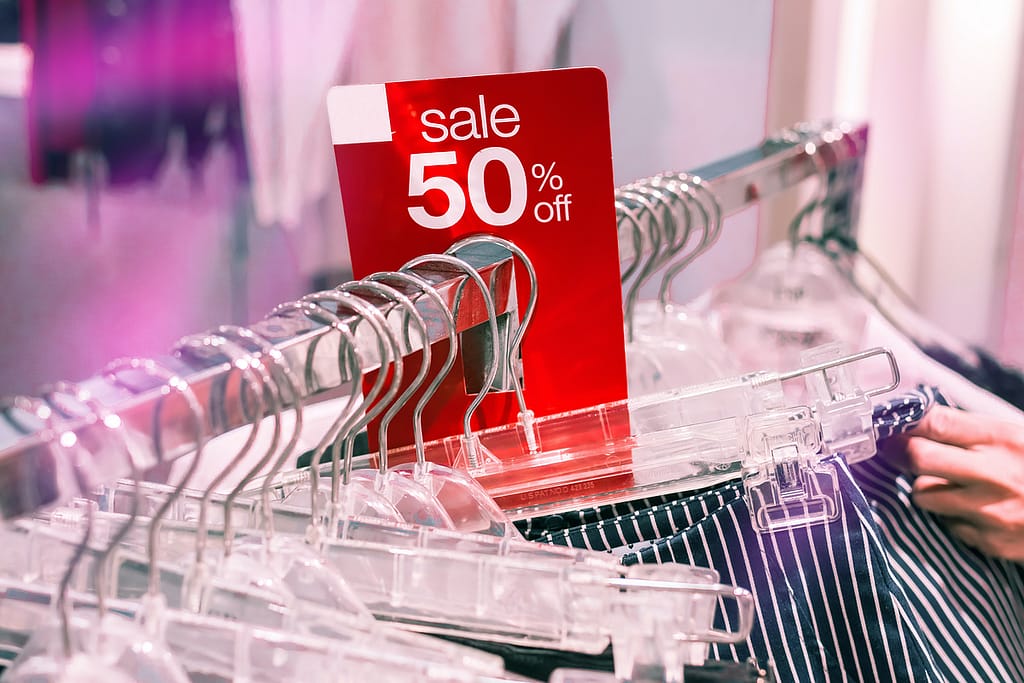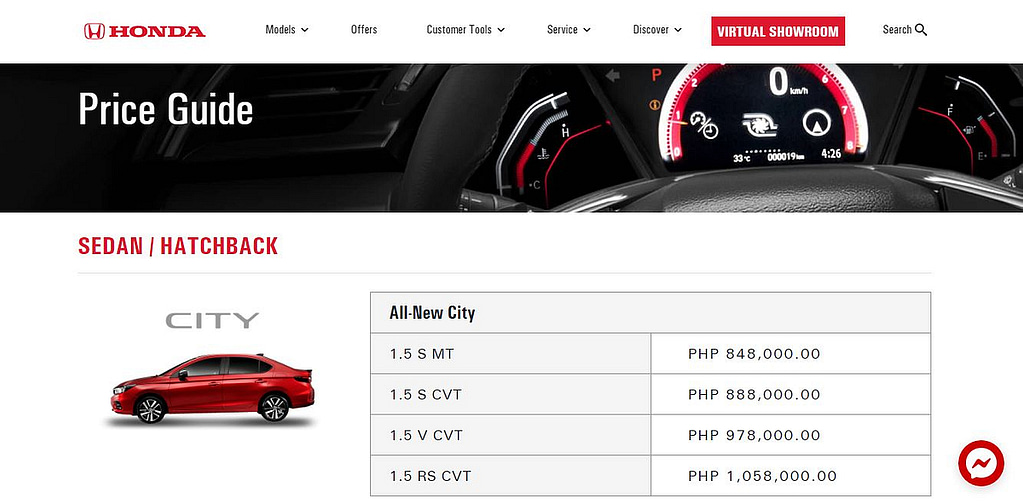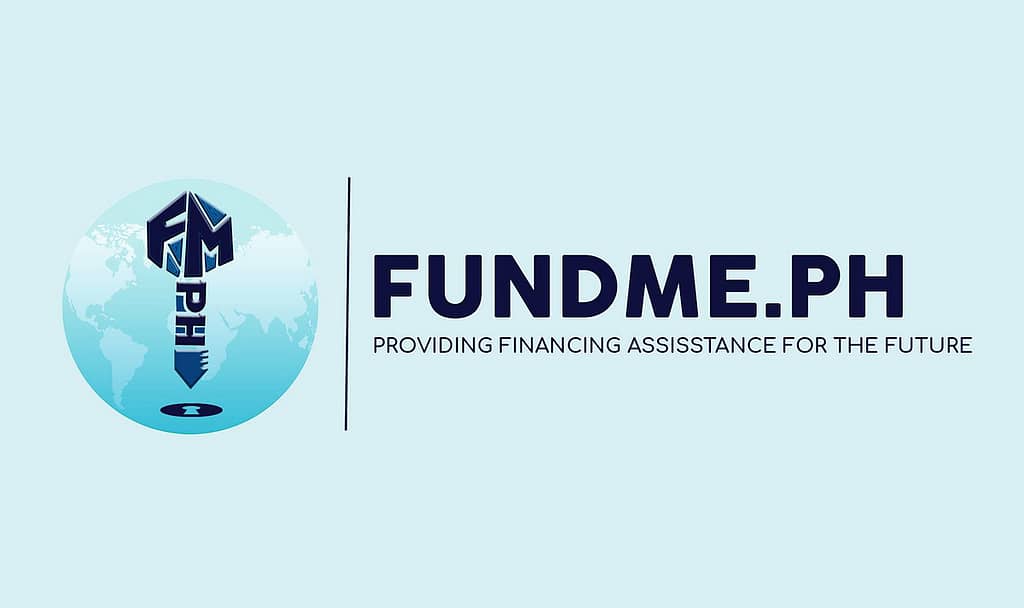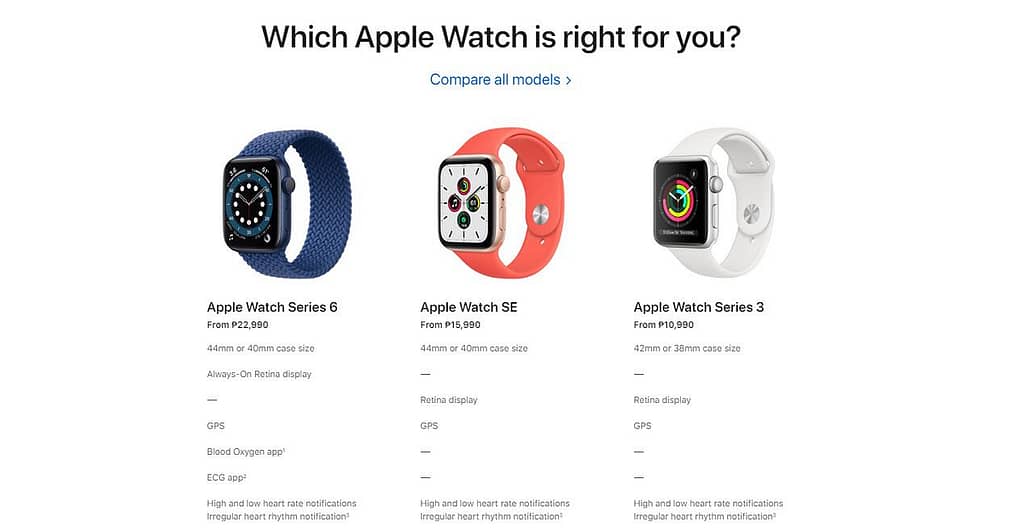All Rights Reserved. (C) Lord Vincent Van Mendoza
What is anchoring in marketing psychology (and should you use it)?

Disclaimer: Some of the content in this blog was aggregated from Ventureharbour.com, Rippleoutmarketing.com, Crowdspring.com and IONOS.com.

What is anchoring bias and how does it occur?
What exactly is anchoring effect in marketing psychology?
Ever wonder why it’s so hard to resist a sale at your favorite clothing store?
This has to do with anchoring. It’s when people base decisions on the first piece of information they receive. For instance, if my favorite store typically retails jeans for ₱ 2, 999.00, but now I find it on sale for ₱ 1, 999.00 (a saving of a thousand pesos), I’ll be more likely to buy it. I might one of my friends, “Hey! My favorite store is on SALE! I wanna buy now.” However, if my friend typically shops for jeans that are ₱ 1, 999.00, they won’t be really impressed.
The anchoring effect is based on the principle that when making decisions, people are unconsciously influenced by information in their environment, even if it is completely irrelevant. This information may be deliberately provided to the decision-maker, or it may simply be present by chance.
For marketers, anchoring is important to know — especially if you’re ever running a promotional sale. You’ll want to clearly state the initial price of the product or “THE WAS” price of the product (this is “setting” the anchor), and then display the sale price right next to it. You might even explain how much of a percentage off your customers will receive with your sale.
How does the anchoring effect occur?
The anchoring effect arises as the result of a heuristic, that is, a guiding mechanism that our brains use when we are required to make a decision.
A heuristic technique, or a heuristic, is any approach to problem solving or self-discovery that employs a practical method that is not guaranteed to be optimal, perfect, or rational, but is nevertheless sufficient for reaching an immediate, short-term goal or approximation.
Taking from the point of view of evolution, resorting to heuristics makes perfect sense, because oftentimes, we simply don’t have enough time to access, assimilate, and weigh up all of the information we need to make the best decision. Back the Stone Age, when people saw a wild animal approaching, they had to make a snap decision: danger or no danger? It was a matter of life or death after all. The same underlying principle still applies today in marketing (and in life in general). We all use rules of thumb and mental shortcuts to handle everyday situations.
They save us time and effort because they are subconscious processes and our brain handles them quite effortlessly. We only engage in conscious, controlled thought when something unexpected quickly grabs our attention. Say you’re an experienced businessman, you can invest in a new business venture as though you’re on auto-pilot, but if you encounter roadworks on your usual route, you notice them immediately.
Hence, the anchoring effect is a form of cognitive bias that arises from heuristics. Kahneman and Tversky assumed that it occurs because people do not sufficiently adjust their judgment in relation to the anchor. Later research contradicted this theory, and conflicting models exist to this day, meaning that the question of why exactly we fall prey to the anchoring heuristic is still a mystery yet to be unsolved.
Effect of anchoring in marketing
Use of the anchoring effect in marketing takes advantage of a flaw within the human mind which means we do not consider the value of an option based on its intrinsic value. We rather compare different offers against one another; we make decisions based on comparative values. In short, through the anchoring effect, we ‘anchor’ our decision making process to the surrounding situation, rather than thinking rationally to make the best decision.
Unconscious vs. conscious anchoring
Anchoring can be either unconscious or conscious.
One one hand, anchoring can be unconscious. In this case, the effect at work is called priming. In other words, people absorb information from their environment and then unconsciously use this as a point of reference when making decisions.
Kahneman and Tversky conducted an experiment to demonstrate this. They got participants to spin a wheel of fortune and then asked them to estimate what percentage of UN countries were in Africa. The results were rather impressive: the higher the number somebody span, the higher their estimate for the number of countries.
On the other hand, anchoring can also be conscious, in which case the mechanism at work is the adjustment heuristic. One example can be seen in situations where people have very little information to go on. They “anchor” in the information available, even if it has no logical connection with the decision they are to make.
Let’s take a look at an example. If you ask somebody what they would pay for a new version of a smart phone, they will base their answer on the price of the previous models, because they have no other way of estimating the price of the unknown, yet-to-be-released product.
7 ways to apply anchoring bias in marketing
Original price vs. discount
Next time you see promotion sales, pay attention to how retailers like me present our savings for you. In many cases, they’ll simply put the new discounted price and tell people they’re getting a bargain – but this doesn’t really illustrate the saving.
As shown in my illustration above, I first introduced the original price as ₱ 250.00. I then introduce a discounted price of it. You could do this by striking through the text or by saying “WAS (followed by the old or original price).
If you put the original price first, though, this acts as an anchor representing the true value of the item. Any discount price that follows instantly gains much weight because you’ve already anchored that initial price into people’s minds.
Monthly vs Annual plans

This is my own example that I use among my clients. If you could observe, there is really more value if you opt the annual plan. This is actually a classic tactic used by companies that exploits anchoring bias. Specifically in this example (Bundle Package 1), it’s far better for you to get an annual payment of ₱ 41, 364.00 from users upfront than a single ₱ 3, 830.00 payment each month. But when it displays the annual price at ₱ 41, 364.00 after the monthly price, it seems like people are saving BIG money by signing up for a year even though they’re paying ₱ 37, 534.00 more and tying themselves into a year-long contract. In one way or another, this can be considered as a tactic in doing upselling.
Manipulating price perception
Ever wondered why car dealerships put their most expensive models at the front of the display room when they’re typically the slowest selling models? When you walk past that ₱2,698,000.00 Honda Odyssey, that ₱ 1,615,000.00 Honda Civic – RS Turbo CVT suddenly doesn’t seem so expensive.
This isn’t actually the case in Honda Philippines’ website in their pricing page.
Here’s what they do instead:

Are you looking for a car loan provider in Davao city, Philippines? Fundme.PH is the answer!

The same thing applies to any kind of luxury purchase. Start by showcasing your ₱ 168,000.00 jewelleries and ₱ 99,000.00 starts to sound more reasonable.
Multiple unit pricing
Supermarkets have been milking this one for decades and people still queue up to hand over their cash for this classic trick. Multiple unit pricing is when you simply add a discount for buying in bulk. For example, three 1-lier bottles of Listerine for ₱ 1, 180 instead of ₱ 590 each.
Again, the idea is to make people think they’re saving money when they’re actually buying something they don’t even need. Even if you only plan to buy one lISTERINE, it’s hard not to buy three when it seems like you’re almost getting one for free. In fact, it’s hard to resist buying Listerine (if you wanna avoid having bad breath) at all when you know it’ll keep and you’ve already “saved” your money.

Every Filipino woman must have heard of Avon — and Avon is know for its seasonal buy-1-take-1 promos. Did you know? I somewhat have a grammatical battle with this. I really insist that it has to be Buy 1, Get 1 More — because naturally, if you say “Buy 1, Take 1”, that means if you have one you only take one (of course).
Price increases
Consumer tech brands do a great job of increasing the price of their products over the years – far more than inflation and their technology innovations often justify. Apple has been the champion of this, releasing a more expensive breed of devices with HD displays over the last half-decade.
The latest iPhone will cost you at least ₱62,990 in the Philippines after steady price increases put the iPhone 8 Plus at a starting price of ₱15,999.
Lead with your core selling point

Anchoring bias isn’t only something you can use to influence the perception of price. By leading with your core selling point, you also define how people interpret the information you then tell them about your product or service. If you convince them your product is innovative in your core selling point, everything on your spec sheet will appear innovative. Among the Smart Phone brands in the Philippines, Oppo is what I like the most (judging from their website). Once you are in the homepage, you can clearly read what they’re trying to deliver. That’s “Picture Life Together”. This applies for all models. The newer the version, I bet it’s really getting even better.
Gear Acquisition Syndrome
Gear Acquisition Syndrome (GAS) is the constant desire to add new equipment to your collection. It tells us that it’s a good thing to have buy Apple Watch as suggest that this is Heavy on features. Light on the pocket. This can be considered as cross-selling products.
Essentially, it’s the irrepressible habit of buying new things we don’t need.

What’s the sense anyhow? Previous specs are acting as an anchor for consumers and any significant improvement suggests there’s a better product out there.
TL;DR: The anchoring heuristic is a powerful psychological mechanism that companies can use in their marketing efforts. It works subconsciously and is effective even when people are aware of its existence. The anchoring effect alone is no miracle solution. If a product is deficient in some way, no clever anchors will persuade customers to buy it. Used consistently and skillfully, however, cognitive biases can form the basis for effective online marketing strategies that boost conversions.
